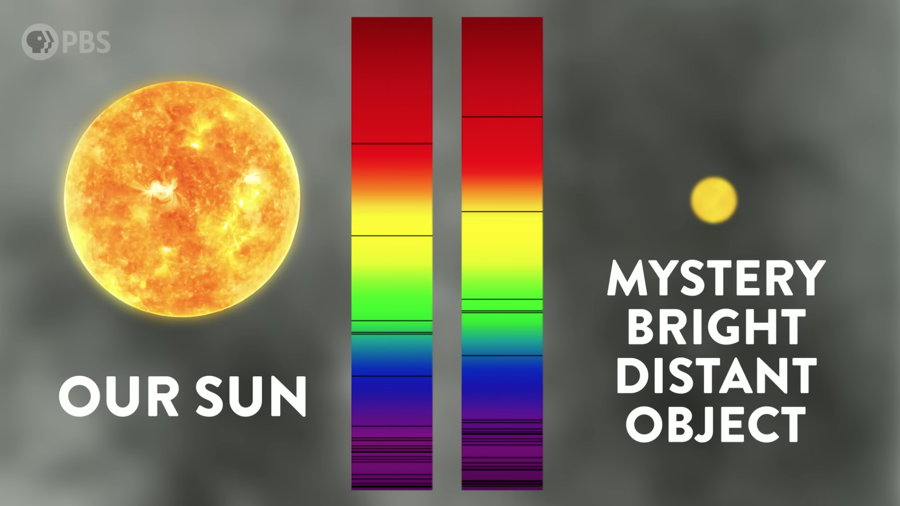“In the early 1800s, a German physicist named Joseph von Fraunhofer noticed something strange. He was looking at sunlight as it passed through a prism and spread out on a wall when he realized part of the rainbow was missing. All throughout the spectrum from red to violet, there were dark lines where there should have been colors.
“Fraunhofer couldn’t explain what he didn’t see but, eventually, he cataloged over 600 pieces missing from the rainbow. Some were dark, some were faint. They looked a lot like a barcode and, in a way, that’s exactly what they were.”
What were all of those little gaps in the rainbow? And how did Fraunhofer’s lines help reveal what elements are within the sun without our ever “taking a sample of a hot nuclear ball of gas that’s 150 million kilometers away?”
In this episode of Be Smart, Dr Joe Hanson shares the history behind spectroscopy and the story of how burning some common table salt led to the understanding of each element’s unique spectral fingerprint.
For the following 200 years, Gustav Kirchhoff, Robert Bunsen, Vesto Slipher, Edwin Hubble, and teams of scientists around the globe continued to study absorption and emission spectra.
And today, by analyzing the spectra of exoplanet atmospheres, scientists can identify chemical compounds that may indicate the presence of life light-years away. Hanson explains:
“As exoplanets cross in front of their stars, we can look at the starlight that filters through the exoplanet’s atmosphere. New dark lines will appear in the star’s spectrum as the planet crosses in front, and they correspond to the elements in chemical compounds in the planet’s atmosphere. Some of those could hold signs of life. So finding an unlikely balance of chemicals in an exoplanet’s atmospheric spectral fingerprint could be our first clue that something’s living there.”
Plus, analyze rainbows with your own DIY spectrometer: Hanson created his version from The Exploratorium‘s Low-cost, teacher-tested Science Snacks activities, turn an old CD into a spectroscope to reveal the wavelengths of light that mix together to create the color you see.
Reminder: Never point your spectroscope or your eyes directly at the sun.
• DIY Spectroscope at The Exploratorium.
• Spectroscopy 101 at WebbTelescope.org by AURA’s Space Telescope Science Institute.
• Spectroscopy, Explained, a NASA Goddard Space Flight Center video.
Watch these related videos next:
• How can we know anything about distant exoplanets?
• Spectroscopy of Stars – Wonders of the Universe
• Flame Rainbow, a colorful chemistry demonstration
• The Science Of Firework Color
• What’s the chemistry and physics of a flame?
Curated, kid-friendly, independently-published. Support this mission by becoming a sustaining member today.




